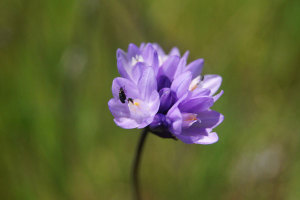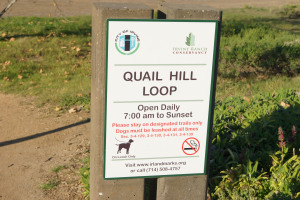 The types of natural lands available in Orange County are immense. From the national, state, county, and local governments to non-profit conservation organizations, park districts, and joint powers authorities—the land ownerships vary greatly. Each owner has its own set of values and reasons the lands were protected. Often these are encoded in legal agreements.
The types of natural lands available in Orange County are immense. From the national, state, county, and local governments to non-profit conservation organizations, park districts, and joint powers authorities—the land ownerships vary greatly. Each owner has its own set of values and reasons the lands were protected. Often these are encoded in legal agreements.
All together, these various owners manage 133,865 acres of conserved land within Orange County, including hundreds of miles of trails for residents and visitors to enjoy. Each of these lands was acquired with a specific set of conditions on the land. For example, in the Cleveland National Forest, U.S. Forest Service has a special designation for sensitive and intact habitats called Wilderness Areas (i.e. the San Mateo Wilderness Area). In these areas, people are simply visitors and access is highly restricted. Another example is the State Park system, which has a Preserve designation for its most biologically important lands. Here, impacts to the natural land and types of activities allowed are restricted. The same applies to the County parks as they have their own special designations as well. In other cases, when the land transferred to the land manager, the previous owner may have put use conditions on the land that are recorded as easements or deed restrictions.
To the general public, there may be no obvious distinction between lands owned by one agency versus another, but there are distinctions and sometimes there are restrictions on use. It is up to you, the park visitor, to know the rules of the land and what types of uses and when are (or are not) permitted.
Sometimes recreational visitors want complete access to any lands owned as park or natural land. While some of the county’s regional parks allow for a wide variety of recreational uses, there are some places that were simply preserved to allow for the natural processes to continue without interruption by humans. In other instances, some of these lands may be mitigation for impacts from projects—projects like freeway expansions or housing developments. As mitigation, the lands are to remain protected for their habitat value and if the land’s condition gets degraded, restoration work must be done.
Just like our libraries and museums, which aren’t open to the visiting public 24 hours a day, there are specific restrictions on our parklands and preserves.
